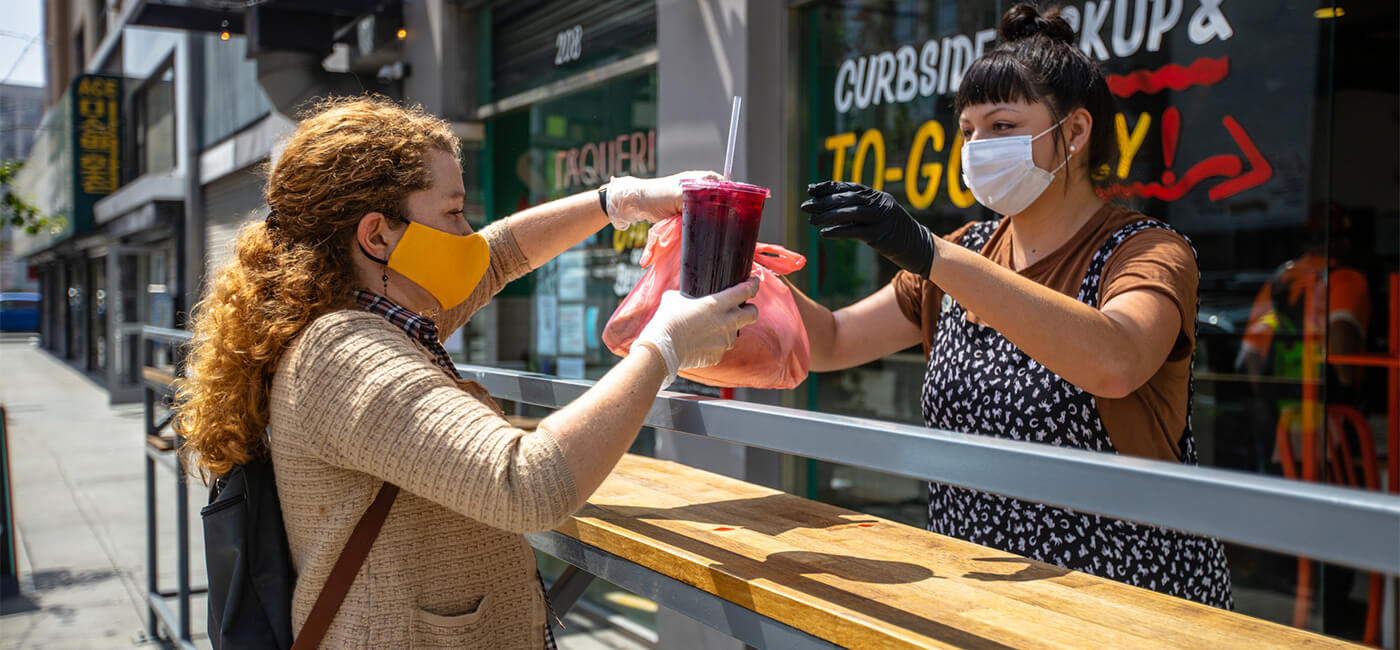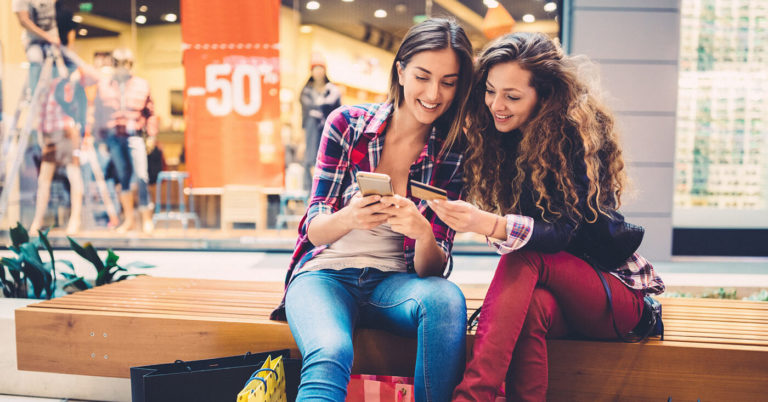2020 Consumer Trends That Will Continue to Impact Brands in the New Year
2020 will long be remembered as the year that impacted all tenets of life prompting consumers to adjust their lifestyles like never before. With daily activities such as work, school, and shopping reimagined, brands and marketers found new ways of operating in order to address consumers’ needs in a rapidly changing environment.
Not only did offline behaviors change, but media consumption soared to new levels. Time spent on digital increased by 12% YoY, with traditional media also gaining a slight boost of 4%.
As we embark on a new year, there are 5 key emerging consumer trends that brands and marketers can use to help guide their 2021 strategies and build impactful customer experiences for their core audiences while keeping up with changing industry and consumer trends.
Accelerated Consumer Behaviors
The disruptive impact of COVID-19 on everyday life has accelerated the adoption of several consumer behaviors, such as click-and-collect and grocery delivery. What’s more, it further blurred the line between bricks and clicks. Last year, Click-and-Collect sales in the United States alone grew by 60.4% when compared to the previous year.
As the boundaries between offline and digital continue to blend, providing flexible shopping options can help open more doors and browser tabs. Building integrated digital and in-store experiences are not only good for your customer, but they’re also good for your bottom line. In fact, a 2020 GroundTruth study in partnership with Numerator revealed that shoppers who make an in-store visit after being shown a GroundTruth location-based mobile ad are 25% more likely to make a purchase from that retailer online than those who are not shown an ad, reinforcing the buying power of omni-channel shoppers.
The Importance of Adaptability
Even in a so-called “normal” year, industry-wide changes are to be expected. Companies must be agile enough to evolve with industry shifts by creating diverse marketing strategies that are adaptable to these changes. Aside from real-time adjustments in response to the pandemic this past year, companies also had to prepare for upcoming changes like the phaseout of cookies and the introduction of iOS 14.
With the elimination of cookies and the roll out of iOS 14, partnering with a media company that can provide your brand with compliant and scalable solutions will help avoid disruption to “business as usual” once these changes take effect.
For example, in a cookie-less world, the value of 1st party data and the ability to leverage location-based data to uncover and build behavior-based audience segments become king. The rollout of iOS 14 has also added some pressure to the “death of the cookie”. However, with an assortment of alternative solutions, marketers can find ways to fill in the data gap.
Brand Purpose Can Help Build Loyalty
With the economic impact of 2020, supporting local businesses and community-based organizations has become more important than ever for consumers. According to a study by the Zeno group, 89% of Americans are “more likely to support a brand earning a profit if they also have a positive impact on the world”, with particularly strong support globally coming from younger generations, i.e. Gen Z and Millennials supporting purpose-driven brands 9-11% more than Gen X consumers.
This was particularly true for restaurants that were closed to in-person dining. Alternate methods like drive-thru, carry-out and delivery became crucial to supporting local business. In Q2 of 2020, drive-thru visits increased by 26% making up 42% of all restaurant visits during that time frame. For purpose-conscious consumers, supporting businesses within their communities promotes the overall economic health of their communities.
We believe that supporting local communities will continue to be a priority for consumers in 2021 as the country begins to rebound economically. Focusing on establishing regular communications around store hours and operating procedures as well as having a strong local community presence can help acquire first-time customers and increase visits from your loyal customers.
Work-Life Balance
It goes without saying that the pandemic had a major impact on normal work and home life patterns. Companies with employees who could work remotely during the pandemic shifted to a work from home format. A September 2020 Gallup poll revealed that 33% of U.S. workers were working from home full-time. Opportunities for remote work led to an increase in residential moves, some temporary while some were permanent. A PEW research study found that “about a fifth of U.S. adults moved due to COVID-19 or know someone who did”.
While it’s too early to know the full impact of an increased remote workforce and on real estate, both residential and commercial, one thing we can be sure of is that daily routines have changed. Whether a person no longer commutes, has moved to a new city or state, or is finding a new work/life balance, routines have been disrupted. Brands that can lean into these changes as consumers build new habits can grow their loyalist audience and gain market share from competitors by leveraging these shifts to reach shoppers during the right moments in 2021.
Multi-channel Innovation
With the uncertainty that clouded much of last year, companies that were able to quickly innovate with a customer-first approach in 2020 were able to find new ways to limit the harsh economic impacts of the pandemic.
Some restaurants, for example, shifted their focus to pick up and delivery in order to comply with local regulations and provide safe alternatives allowing foodies to indulge in their favorite menu items. During a May 2020 fireside chat moderated by GroundTruth, Sweetgreen’s VP, Head of Marketing, Meenakshi Nagarajan, shared that the company shifted all of their emphasis on pick up and delivery in the early weeks of the pandemic. “It’s been challenging but it has shown us that we can problem solve and move faster than we ever thought.”, said Nagarajan. Sweetgreen, a popular destination for simple, seasonal, healthy food, also leveraged its Outpost operations to provide meals for frontline workers to give back to local communities.
Another innovative solution that saw an increase in adoption was telehealth. Within the first month of the pandemic, the volume of telehealth visits made up 69% of all visits. While the percentage of visits dropped to 21% by July, the increase in patient confidence in the virtual solution will likely shape the future of health care in the coming years.
Digitally savvy brands with existing virtual operations, app integrations with meal delivery companies, and contactless pick-up logistics in place before the pandemic were able to ramp up quickly to meet the needs of their customers. 2020 proved the benefit of physical locations having a digital presence and customer-driven solutions, which will continue to be critical in 2021.
Plan in Action
The pandemic forced us all to pause and reconsider how we go about our daily lives, whether as marketers looking to create a new level of consumer engagement or as consumers learning how to navigate this new normal.
The 5 pillars outlined above are a mix of industry and consumer trends that have significantly gained traction over the past year, while others signal key changes in consumer behavior that should be considered for developing successful marketing campaigns in 2021.
Want to learn more about how location-based targeting and audience solutions can support your 2021 Marketing plans? Tell us a little bit about yourself by completing the form below and one of our location experts will follow up with you.





